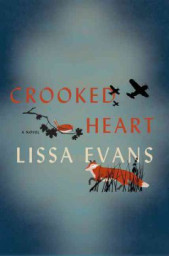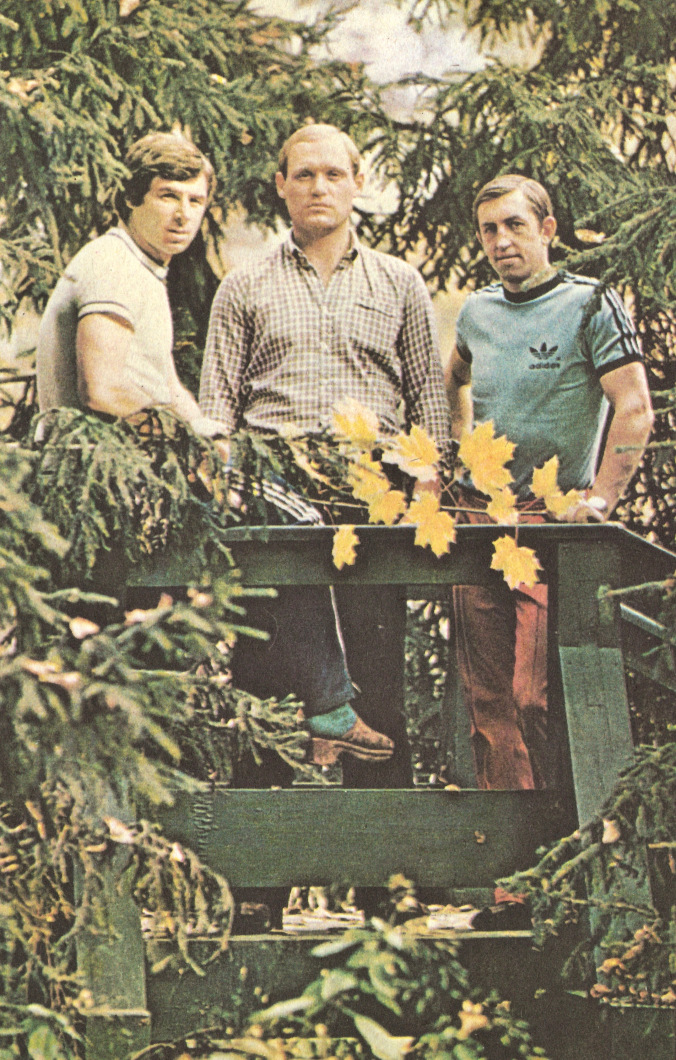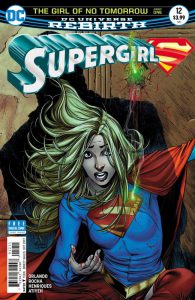For pretty much as long as I’ve been keeping track of comics and aware of their internal continuity, the Legion of Super-Heroes has been my favorite title. I’ve mentioned the concept before, but in brief it’s the idea of super-powered teenagers in the future (usually 1000 years in the future) who have banded together to defend the “United Planets” from all sorts of threats. The series started as a spin-off of Superboy comics, as the team debuted in a story where they traveled to the past to recruit Superboy as a member, but quickly grew beyond those humble beginnings.
There have been lots of different “eras” of Legion history, and even several (and often frustrating) hard “reboots” of Legion history. Currently, the Legion of sort of off the table with DC Comics, but a new iteration of the concept is surely coming soon (and being hinted at in various “Rebirth” titles). But still, I find myself writing more about the series (because of my Year of Geeky Questions series) and so I thought I’d finish up this broad-stroke overview of the history of the series, and its different eras.
Pre-Adventure Era
Prior to the Legion getting a regular gig at DC Comics, they were an occasionally used guest-concept, appearing variously alongside Superboy, Superman and Supergirl. Any sort of strict continuity in this period is spurious at best, as we were simultaneously given stories about the Legion (teenagers with Superboy), the Adult-Legion (grown up versions of the Legion alongside Superman) and both teen and adult versions with Supergirl. Indeed, when the Legion first met Supergirl, they claimed to be the identical children of the Legion that had met Superboy, a claim never followed up upon after. There aren’t really any notable stories from this period aside from the debut one in Adventure Comics #247, by Otto Binder and Al Plastino, where the Legion recruit Superboy to their team but then humiliate him as sort of an initiation stunt. Actually, the Legion did a lot of jerky things back then, which you can read summaries of in my overviews of the early Legion Archives, starting here.
Adventure Era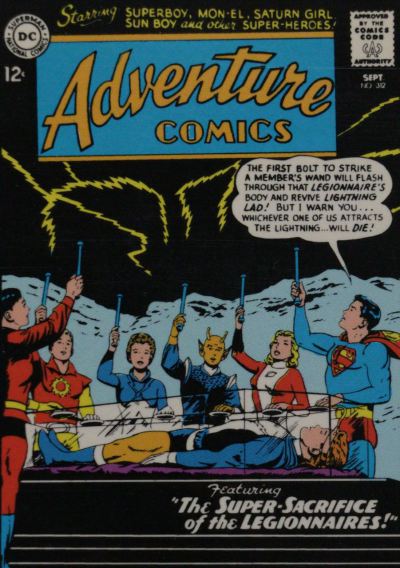
The first regular Legion series began in Adventure Comics and ran between #300-#380. However, this era really continued beyond that when the Legion became a back-up feature in Action Comics for a short while. The main creators during this period were writers Jerry Siegel (the creator of Superman), Ed Hamilton, and young future editor Jim Shooter, as well as artists John Forte, Curt Swan, and Win Mortimer. This era set the stage for all that was to come, with new members joining all the time, and the introduction of many other core concepts of the mythos: the war-like Khunds, Legion benefactor R.J. Brande, Computo, the Fatal Five, the Legion of Super-Villains, the Legion Academy, Computo, Universo, and lots more.
Key storylines include the death and resurrection of founding member Lightning Lad, the formation of the Legion of Substitute Heroes, an ongoing battle with the futuristic Time Trapper, the expulsion of Star Boy for violating the Legion code, the introduction of four new members in one issue with one being revealed to be a traitor, the death of Ferro Lad to save earth from the Sun-Eater, the introduction of the wizard and Legion arch-enemy Mordru, and more.
Superboy & the Legion of Super-Heroes era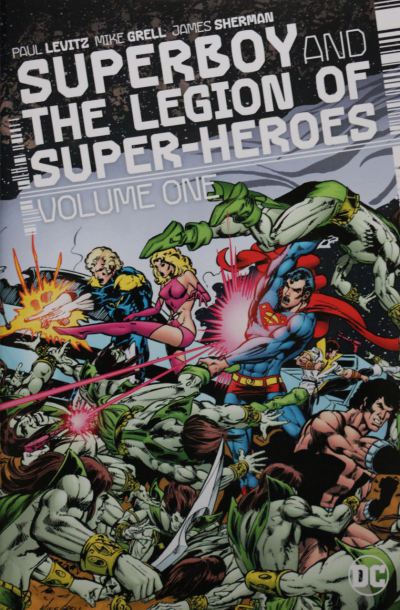
After a bit of a slump toward the end of the Adventures era, the Legion got a shot in the arm when artist Dave Cockrum came on board and brought the character & costume designs into the swinging seventies. The visual style of the Legion changed a great a great deal from the earlier period, but the concept was basically the same. The Legion appeared primarily in Superboy’s self-titled book, which eventually became known as Superboy & the Legion of Super-Heroes. As the era continued, Superboy was largely phased out of the series, with the Legion taking over the book completely.
I consider this era to continue up until Legion of Super-Heroes #283, just before writer Paul Levitz began his extensive run in the early 80’s. Major contributors include writers Cary Bates, Jim Shooter (again), Paul Levitz (in his early days), Gerry Conway, and Roy Thomas, with artists including the aforementioned Dave Cockrum as well as Mike Grell, Jim Sherman, Joe Staton, Jimmy Janes, and more. A lot of their work was built upon the concepts introduced earlier, with repeat appearances by the Fatal Five, the Legion of Super-Villains, Mordru and more, but new threats were introduced as well: the Pulsar Stargrave (whose identity was rebooted with practically every appearance), Tyr (a guy with a gun for a hand!), the Infinite Man and others. Key storylines include the deaths of both Invisible Kid and Chemical King, the marriage & retirement of Bouncing Boy and Duo Damsel, the marriage and temporary retirement of Lightning Lad and Saturn Girl, Brainiac 5’s temporary descent into madness, the introduction of new members Wildfire, Dawnstar, Blok, and (briefly) Tyroc, and more.
However, the biggest story of this era was no doubt the Earth War, a five part tale in which writer Paul Levitz flexed his early muscles and used a variety of menaces familiar to Legion fans to threaten the earth, before revealing that the ultimately threat behind them all was Mordru the Merciless. It was the first such Legion epic, their longest single storyline to date. This era also included one of DC’s early miniseries, Secrets of the Legion of Super-Heroes, which revealed a previously unknown connection between Chameleon Boy and Legion founder R.J. Brande.
Paul Levitz era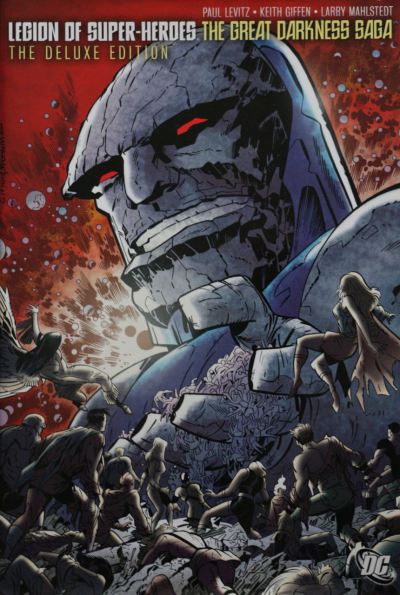
Truth be told, writer (and former DC Comics President & Publisher) Paul Levitz is a key part of at least three of these eras, but this one is named after him because Levitz basically wrote the Legion fairly uninterruptedly for about 100 issues. Working alongside artists Pat Broderick, Steve Lightle, Greg Larocque, and especially Kieth Giffen, Levitz crafted a cohesive vision for the Legion that would be considered by many to be a high point in the history of the franchise. Under Levitz’ writing, the Legion became very much a space opera with overlapping plots rising and falling over many issues, punctuated by special “epics” every year or so.
Key storylines include the return of Computo, the introduction of a bunch of new members, the marriage and retirement of Karate Kid and Princess Projectra, the subsequent death of Karate Kid, the mystery of who new member Sensor Girl really was, Universo’s attempt to take over earth, and most celebrated, The Great Darkness Saga (and its aftermath), which pitted the Legion up against their most dangerous opponent yet. During the Levitz era, the Legion took part in several line-wide cross over events with the rest of the DC Universe, including Crisis on Infinite Earths which effectively removed Superboy from DC continuity. This resulted in the actual death of Superboy in the pages of the Legion, as the team discovered their friend was from an alternate dimension manipulated into existence by their old enemy, the Time Trapper. That story would have major repercussions for the team as the era continued. Levitz’s strength as a writer seemed not to be so much in creating new characters (though of course he did) but more using other creator’s characters & concepts well, often brilliantly.
Five Years Later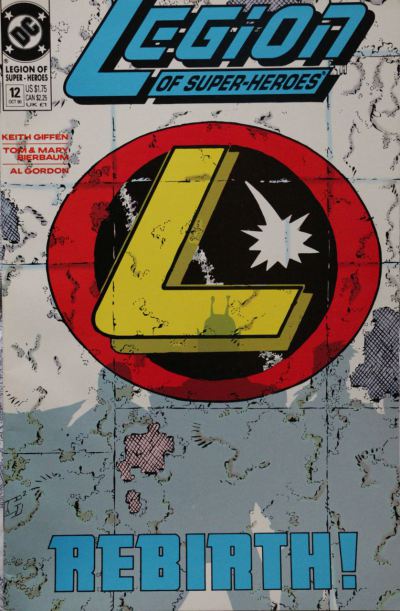
After Paul Levitz left the Legion, it was decided for whatever reason that instead of just carrying on with where he had brought the characters, that the book would jump ahead five years, during which time a lot in the Legion universe had fallen apart, including the team itself. The story initially focused Chameleon Boy and a depowered Cosmic Boy restarting the team and regathering their teammates, many of whom had fallen into difficult situations. Keith Giffen plotted and provided breakdowns for this new extremely dense book, while dialogue was by Tom & Mary Bierbaum, with art finished by Al Gordon. For a long time, the pages were laid out in 9 panel grids, which meant that there were a lot of panels in each issue, and a lot of depth (and sometimes confusion) in every situation.
This era tended to polarize fans, as lots of familiar faces turned up, many of whom were abruptly killed off or otherwise traumatized during this time. Fans were also divided by a number of “shocking revelations” that turned up about various characters. Only a handful of issues into this run, an editorial decision at DC required an internal “reboot” of sorts removing nearly all traces of Superboy from the Legion story, including in his key role of the inspiration for the Legion. This was transferred to a retooled Mon-El, who became known a Valor and briefly had his own book. Later, Keith Giffen left the book, and the Bierbaums took over full writing chores. When they left, Legion colorist Tom McCraw became the new writer for most of the rest of the run.
The book was so dense in its storytelling that it’s difficult to determine where individual storylines began and ended, but the era was notable for featuring a quiet invasion of the earth by the Dominators, the destruction of earth (after a long battle to save it), and the introduction of Batch SW6 – younger versions of the Legionnaires ostensibly taken from the Adventure era. At first assumed to be clones, they were eventually revealed to be “chrono-duplicates”, essentially giving them full legitimacy as Legionnaires. They even had their own book, aptly called Legionnaires, which featured them helping to re-build and re-inspire the galaxy following the destruction of earth.
The Reboot
Following the line-wide crossover Zero Hour in the 1990’s, DC took the opportunity to fully reboot the Legion, wiping out all the continuity up to this point and starting the story all over again. Much of came was familiar but with a twist–slightly different memberships, familiar villains but with altered storybeats, and so on. The Legion appeared in two simultaneous books at the time–Legion of Super-Heroes and Legionnaires, which essentially told one ongoing story.
The opening year of the Reboot told an overarching story of the Legion combating the White Triangle–xenophobic racists from the planet Daxam (thus, all with Superman-type powers). This gave way to another arc where the Legion had to prove that the President Chu of earth was actually a villain. A bunch of new members were introduced, including XS (a speedster and granddaughter of Barry Allen), Andromeda (a Daxamite stand-in for Supergirl) and Gates. For a long time, the team was split into two, with a group of characters becoming lost in the modern DC universe for an extended period of time.
The Reboot had gotten off to a strong start under creators Mark Waid, Tom McCraw and Tom Peyer, with art by Lee Moder, Jeffrey Moy and Scott Kolins. Later, Roger Stern came in when Mark Waid left, but as it went on the Reboot lost its luster and the big stories tended to feel like inferior rehashes of what we had seen before.
DnA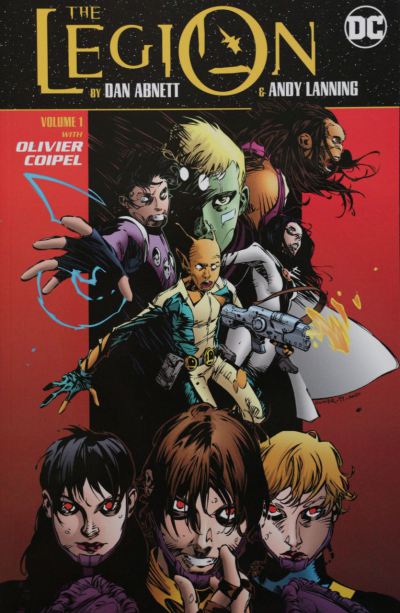
“DnA” is comic book shorthand for the writing team of Dan Abnett and Andy Lanning (who were accompanied by pencillers like Olivier Coipel and Chris Batista, with inks by Lanning), who took over the Legion when in light of the Reboot’s declining strength. Their introduction represented a “soft reboot”, where prior history and continuity remained intact but the story went into a completely new direction. DnA introduced a new enemy, the Blight, who effectively crippled earth and destroyed a lot of the futuristic infrastructure that the Legion were accustomed to. This was almost immediately followed by the cancellation of both of the Legion titles in favor of Legion Lost, a 12 issue series which told the story of a small group of Legionnaires isolated in a completely different galaxy.
When they finally got home, the team’s adventures were told in The Legion, a new ongoing series that was all about the team rebuilding itself again. Major storylines featured new battles with Computo and Robotica (a robot-based society), Universo, and even Darkseid again. DnA started off very strong but began to peter out as it went along, and few of the storylines being memorable. After they left the title, The Legion limped along for a bit until a new direction could be launched.
The Threeboot
Under direction from DC to make the Legion relevant again, returning writer Mark Waid and artist Barry Kitson once again rebooted the Legion, this time time with little explanation as to how or why, and introduced a version of the team that was already in motion (ie, no origin story) and were quite different than anything we’d seen before. Suddenly, the future was a place where people had lost their ability to innovate or create or even properly interact, and where peace was enforced at the expense of individuality. The Legion became a youth movement, inspired by tales of heroes from the 21st century (as they experienced in comic books which were actual DC books) determined to shake up the status quo. The core team were of course the superheroes, but the idea was that thousands of young people from all over the galaxy were part of this movement.
The team included a few new members but mostly were retooled versions of the classic team, featuring funny twists like a Colossal Boy who was really a giant who shrunk, a Phantom Girl who existed in two dimensions simultaneously, and a Triplicate Girl who was really one part of a bizarre being who could repeatedly & exponentially split herself in three identical entities. Some of the concepts were interesting but it always felt like this Legion was sort of a Elseworlds-type approach to the characters, and it never properly grew beyond that. After a year and a half, Supergirl from the modern era was introduced to the team, believing that the Legion was a strange dream she was having.
Similar to both Giffen and DnA from their respective eras, the Threeboot ended up not being successful enough for the creators to completely wrap all of their epic plotlines. While their stories were underway, DC Comics began to introduce what came to be the central team of the next (and most recent) era–a repurposed version of the Levitz-era team which came to be called the Retroboot. They started showing up in high profile Superman and Justice League stories, which no doubt would have disenchanted Waid and Kitson related to what they were trying to achieve. They both left the book, which continued on for a number of years with different creative teams, notably writer Jim Shooter (again) and artist Francis Manapul. But even that version ended up being cancelled before the team could properly finish things, bringing the Threeboot to a close.
The Retroboot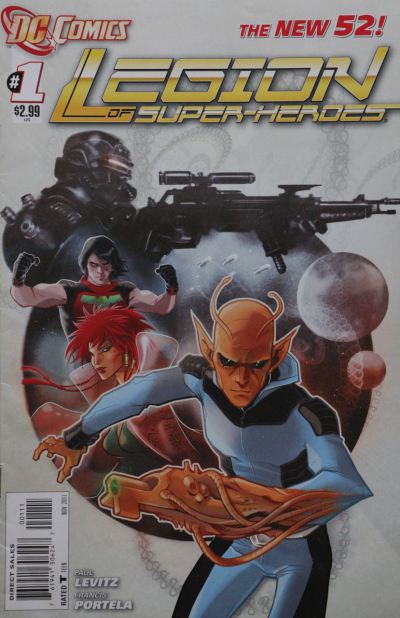
As is already mentioned, there were a few notable stories in other parts of the DC Universe which introduced the idea that the modern day Superman had actually had adventures in the future when he was a teenager as Superboy, an identity he never used in the present. We see this primarily in The Lightning Saga (a Justice League / Justice Society crossover) and Superman and the Legion of Super-Heroes, which ran in Action Comics, both written (or co-written) by Geoff Johns. This version of the team was based mainly on the Levitz-era incarnation, but wasn’t actually the same as that team from any particular point. After the Threeboot series ended, there was a gigantic five issue series called Legion of Three Worlds, which incorporated three eras of the team (Postboot, Threeboot & Retroboot) fighting alongside each other. It was an epic spectacle written by Geoff Johns and drawn by superstar artist George Perez, but which also spent a lot of time focusing on the Titans franchise of the time, and made use of John’s “Superboy Prime” character who had risen to prominence during the recent Infinite Crisis crossover.
After that, the old-is-new Retroboot team appeared in back-up stories in the revived Adventure Comics that was coming out, and eventually got their own title again, written by returning scribe Paul Levitz. The team fought a new version of the Legion of Super-Villains and appeared in other stories which I actually can’t remember at this moment. Then DC decided to reboot their entire line all at once (“The New 52”) and the Legion title was again restarted, but unlike most of the rest of the DC Universe, with minimal changes. A second title–Legion Lost–began featuring a number of the characters who were trapped in the 21st century. To compensate, a whole bunch of new members were introduced whom I can barely remember.
There was also a number of stories in other secondary titles as well, including a Legion Academy series with art by Phil Jimenez. Other artists who worked with Levitz in this era included Yildiray Cinar, Francis Portela and, very briefly, Keith Giffen, who returned for a couple of issues to decapitate Sun Boy and introduce other disasters prior to the whole series being cancelled. Jeff Lemire later wrote a Justice League story which touched on this era of the Legion and finally returned the Lost Legionnaires to the future.
RebirthThis is the current state of the DCU, and at this point we can’t really call it an era in the history of the Legion, as the team has not appeared yet aside from some cameos from Saturn Girl and also Phantom Girl being part of the series The Terrifics. I haven’t read any of this so I don’t know what it’s like. Presumably a new iteration of the full Legion is on its way in the next couple of years, but who it will be by and what it will look like is open to wild speculation at this point.
Advertisements Share this:


